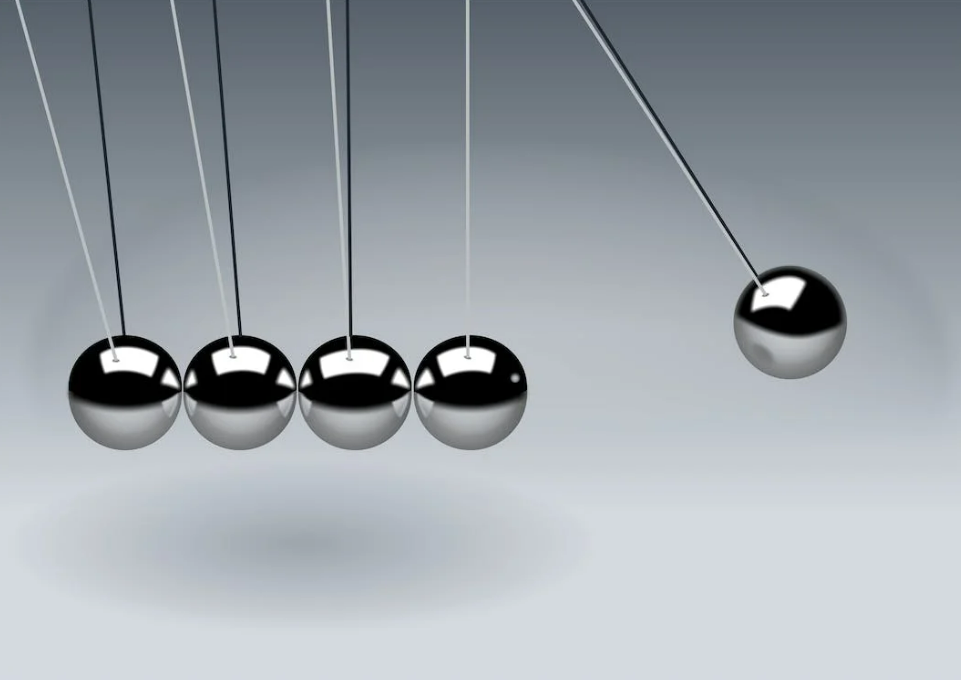Max66, Arsgroup777, ARS Group Exchange: Scientific illustration has a rich history that dates back centuries. In ancient times, civilizations like the Egyptians and Greeks used drawings to document their observations of the natural world. These early illustrations were not only aesthetically pleasing but also served as important tools for communication and education.During the Renaissance period, scientific illustration experienced a significant evolution. Artists like Leonardo da Vinci and Albrecht Dürer combined their artistic skills with a deep interest in science, producing detailed and accurate drawings of plants, animals, and anatomical structures. These illustrations played a crucial role in the advancement of scientific knowledge and laid the foundation for the scientific illustration practices we see today.Observation plays a crucial role in the field of scientific illustration. By keenly observing the subject matter, whether it be a plant, animal, or geological formation, illustrators can capture the intricate details and nuances that are essential for accurately representing it. This close observation allows for a deeper understanding of the subject and ensures that the final illustration is both scientifically accurate and visually engaging.Through careful observation, scientific illustrators are able to depict the various components and characteristics of their subjects with precision. By closely studying the textures, colors, shapes, and proportions of the objects they are illustrating, they can create accurate and informative visuals that aid in scientific communication and education. Observation not only enhances the accuracy of scientific illustrations but also adds depth and realism to the artwork, making it more accessible and captivating to viewers.• Scientific illustrators keenly observe the subject matter to capture intricate details• Observation allows for a deeper understanding of the subject• Close observation ensures scientific accuracy and visual engagement in illustrations• By studying textures, colors, shapes, and proportions, illustrators create accurate visuals• Observational skills enhance scientific communication and education through illustrationsThe Use of Technology in Modern Scientific IllustrationArs247, Wazeerexch, Peachexch: Technology has significantly transformed the field of scientific illustration in recent years. With the advancements in digital tools and software, illustrators now have a wide range of options to create detailed and accurate representations of scientific subjects. Digital illustration software allows for precise rendering of complex structures and scientific concepts, enabling illustrators to produce high-quality visuals that can aid in scientific research and education.One of the key advantages of using technology in scientific illustration is the ability to easily revise and edit illustrations. Unlike traditional methods that often require starting from scratch in case of errors, digital tools offer the flexibility to make quick adjustments and corrections. This not only saves time but also allows for a more iterative and collaborative approach to creating scientific illustrations, where feedback can be incorporated seamlessly into the final product.What is the history of scientific illustration?Scientific illustration has been used for centuries to visually represent observations and findings in the natural world. Early examples can be seen in medieval manuscripts and botanical illustrations.What role does observation play in scientific illustration?Observation is crucial in scientific illustration as it forms the foundation for accurately depicting the subject matter. Detailed observation helps ensure that the illustration reflects the true characteristics of the specimen.How is technology used in modern scientific illustration?Technology is widely used in modern scientific illustration to enhance accuracy and efficiency. Tools such as digital drawing software, 3D modeling programs, and high-resolution imaging techniques are commonly utilized in creating detailed and realistic illustrations.
The Role of Observation in Scientific Illustration

